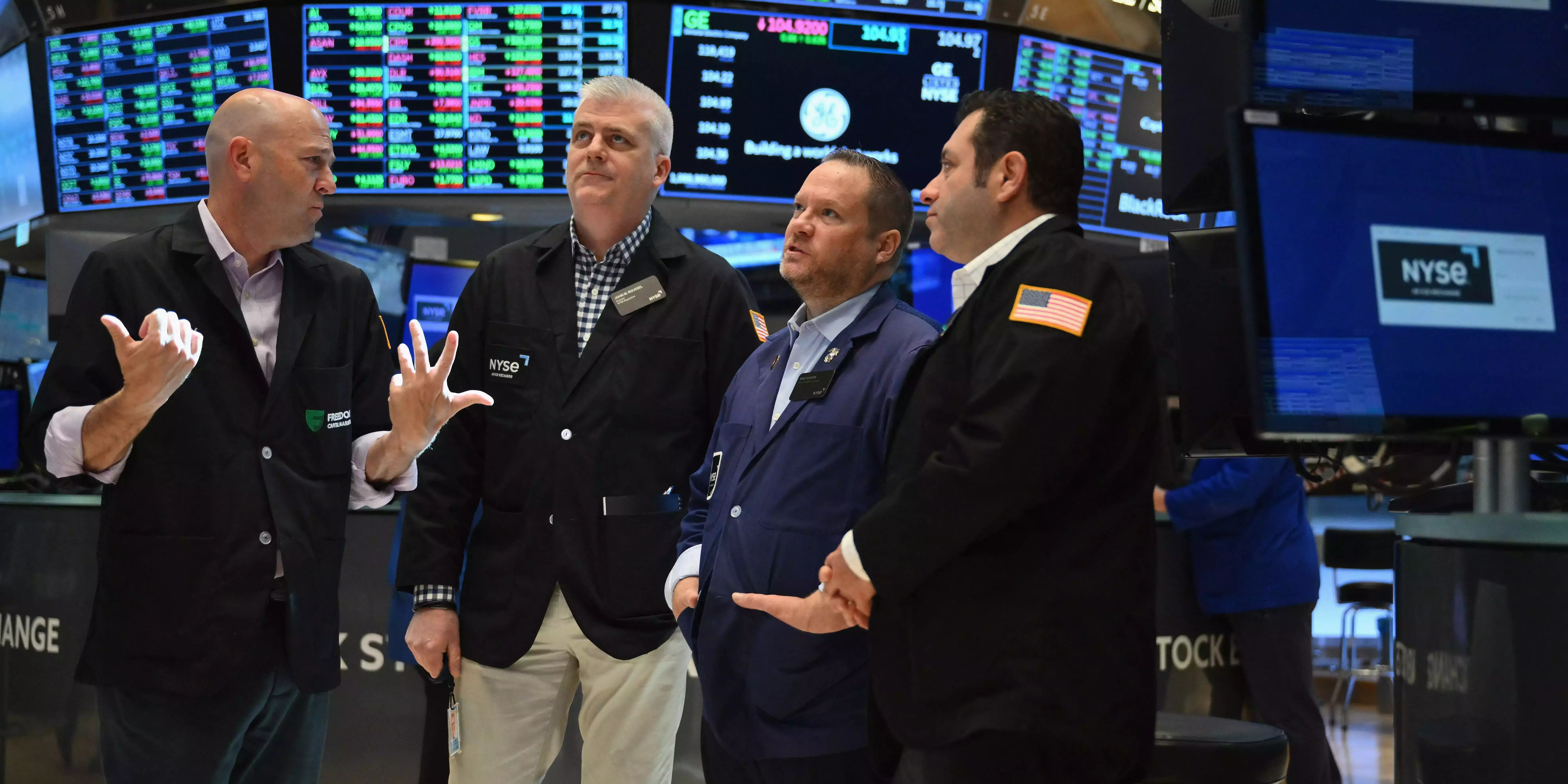Markets finished mixed on Thursday as soft economic data raised concerns of a recession and doubts about whether the Fed is behind the curve on interest rate cuts. The S&P 500 and Dow ended the day in negative territory, while the Nasdaq Jones Industrial Average closed in positive territory.
The Dow Jones Industrial Average (DJI) fell 0.5% or 219.22 points to close at 40,755.75. Notably, 25 components of the 30-stock index ended in negative territory, while five finished in positive zone.
The S&P 500 tumbled 16.66 points, or 0.3%, to close at 5,503.41. Out of the 11 broad sectors of the benchmark, nine ended in negative territory, while two ended in the green zone. The Health Care Select Sector SPDR (XLV), the Financials Select Sector SPDR (XLF) and the Industrials Select Sector SPDR (XLI) fell 1.4%, 1.1% and 1.2%, respectively.
The major loser of the S&P 500 Index was McKesson Corporation MCK after its shares fell 9.9%. McKesson currently carries a Zacks Rank #3 (Hold). You can see the complete list of today's Zacks #1 Rank (Strong Buy) stocks here.
The tech-heavy Nasdaq Composite advanced 43.37 points, or 0.3%, to close at 17,127.66.
The fear-gauge CBOE Volatility Index (VIX) was down 6.7% to 19.90. A total of 10.6 billion shares were traded on Thursday, lower than the last 20-session average of 10.7 billion. The S&P 500 posted 42 new 52-week highs and nine new lows, while the Nasdaq Composite recorded 43 new highs and 136 new lows.
Job Market Data Raises Recession Fears
The recent information on the job market data shows a blend of positive and negative signals, creating anticipation among investors for the upcoming release of the August nonfarm payroll report. As per the Labor Department's latest report for the week ending Aug. 31, jobless claims totaled 227,000, decreasing 5,000 from the previous week’s revised level of 232,000. The four-week moving average was 230,000, reflecting a decrease of 1,750 from the previous week’s revised average of 231,750. This decrease suggests a modest improvement in the job market.
Continuing claims came in at 1,838,000, a decrease of 22,000 from the previous week’s revised level of 1,860,000. The 4-week moving average was 1,853,000, a decrease of 8,250 from the previous week's revised average of 1,861,250.
However, The recent report on private sector payroll by Automatic Data Processing (ADP) shows a decrease in hiring activity, with only 99,000 new jobs added in August, short of estimates of 140,000 and down from the 111,000 additions in July. This significant drop highlights a deceleration in employment growth.
Investors eagerly await the release of the August nonfarm payroll report this Friday morning. The upcoming report will be important for grasping the situation in the job market and how it might affect the decisions made by the Federal Reserve.
Mixed Economic Signals
The Institute of Supply Management reported that the services purchasing managers’ index (PMI) increased to 51.5% in August from 51.4% in July. The consensus estimate was 51%. The reading in August marked the sixth time the composite index has been in expansion territory in 2024.
Per a government report, U.S. commercial crude oil inventories (excluding those in the Strategic Petroleum Reserve) for the week ended Aug. 30, 2024, decreased by 6.9 million barrels from the previous week. The number from the prior week remained unrevised at a decrease of 0.8 million barrels.
Stocks on the Move
The recent information on the job market data shows a blend of positive and negative signals, creating anticipation among investors for the upcoming release of the August nonfarm payroll report. As per the Labor Department's latest report for the week ending Aug. 31, jobless claims totaled 227,000, decreasing 5,000 from the previous week’s revised level of 232,000. The four-week moving average was 230,000, reflecting a decrease of 1,750 from the previous week’s revised average of 231,750. This decrease suggests a modest improvement in the job market.
Continuing claims came in at 1,838,000, a decrease of 22,000 from the previous week’s revised level of 1,860,000. The 4-week moving average was 1,853,000, a decrease of 8,250 from the previous week's revised average of 1,861,250.
However, the recent report on private sector payroll by Automatic Data Processing (ADP) shows a decrease in hiring activity, with only 99,000 new jobs added in August, short of estimates of 140,000 and down from the 111,000 additions in July. This significant drop highlights a deceleration in employment growth.
Investors eagerly await the release of the August nonfarm payroll report this Friday morning. The upcoming report will be important for grasping the situation in the job market and how it might affect the decisions made by the Federal Reserve.
The Bottom Line
The recent information on the job market data shows a blend of positive and negative signals, creating anticipation among investors for the upcoming release of the August nonfarm payroll report. As per the Labor Department's latest report for the week ending Aug. 31, jobless claims totaled 227,000, decreasing 5,000 from the previous week’s revised level of 232,000. The four-week moving average was 230,000, reflecting a decrease of 1,750 from the previous week’s revised average of 231,750. This decrease suggests a modest improvement in the job market.
Continuing claims came in at 1,838,000, a decrease of 22,000 from the previous week’s revised level of 1,860,000. The 4-week moving average was 1,853,000, a decrease of 8,250 from the previous week's revised average of 1,861,250.
However, the recent report on private sector payroll by Automatic Data Processing (ADP) shows a decrease in hiring activity, with only 99,000 new jobs added in August, short of estimates of 140,000 and down from the 111,000 additions in July. This significant drop highlights a deceleration in employment growth.
Investors eagerly await the release of the August nonfarm payroll report this Friday morning. The upcoming report will be important for grasping the situation in the job market and how it might affect the decisions made by the Federal Reserve.



















